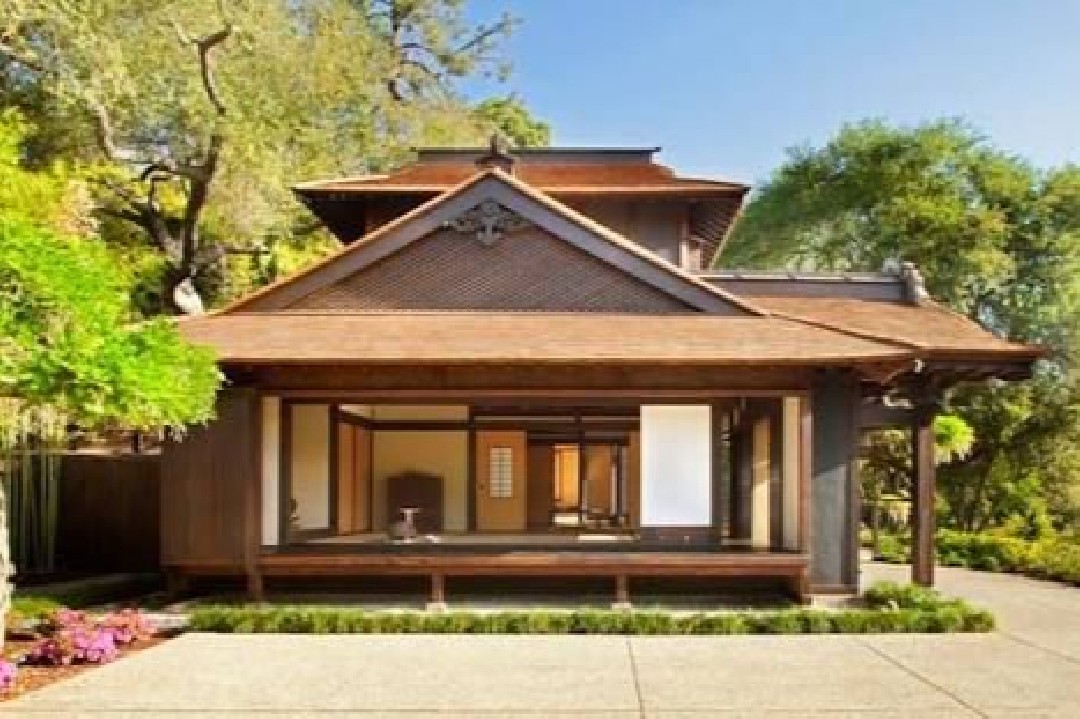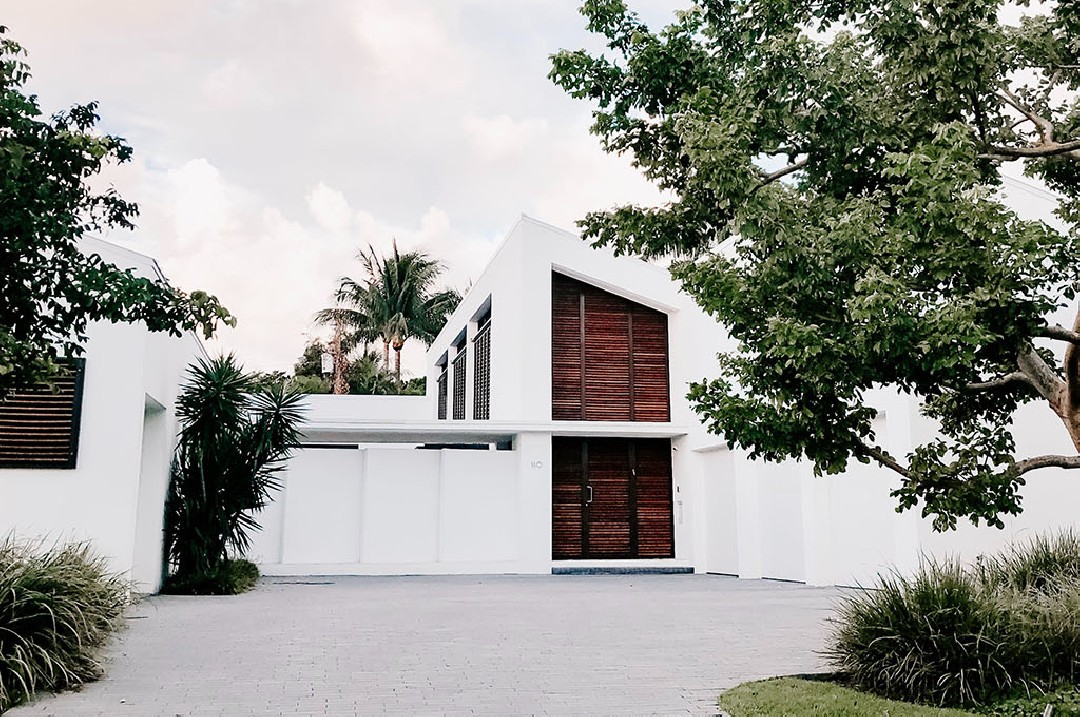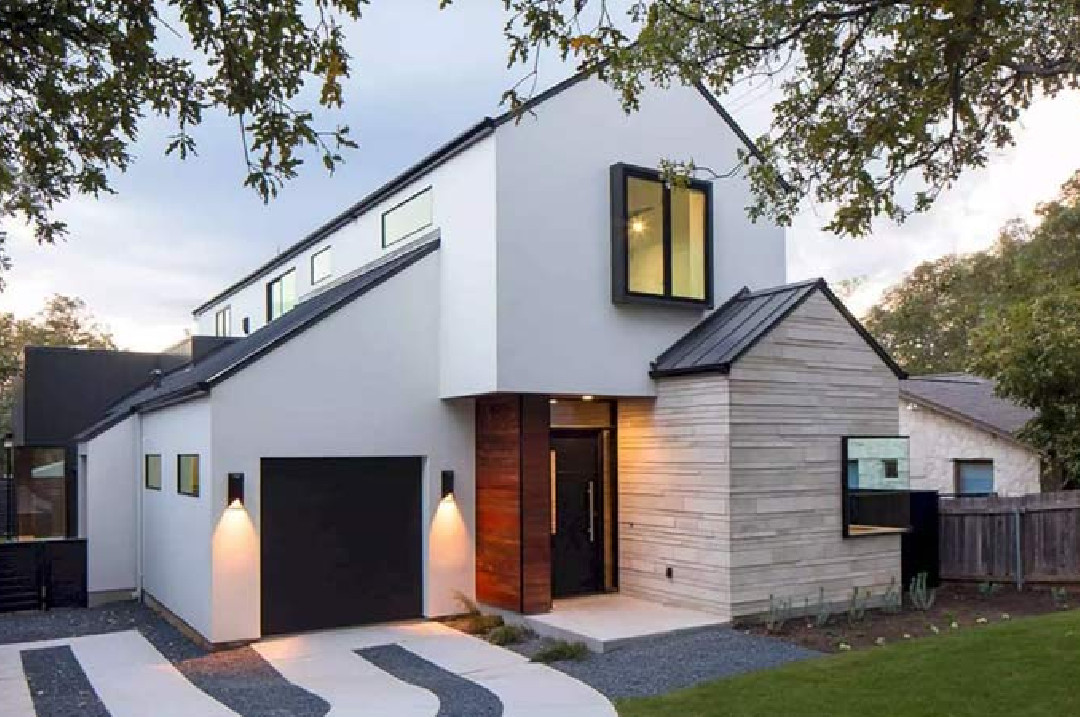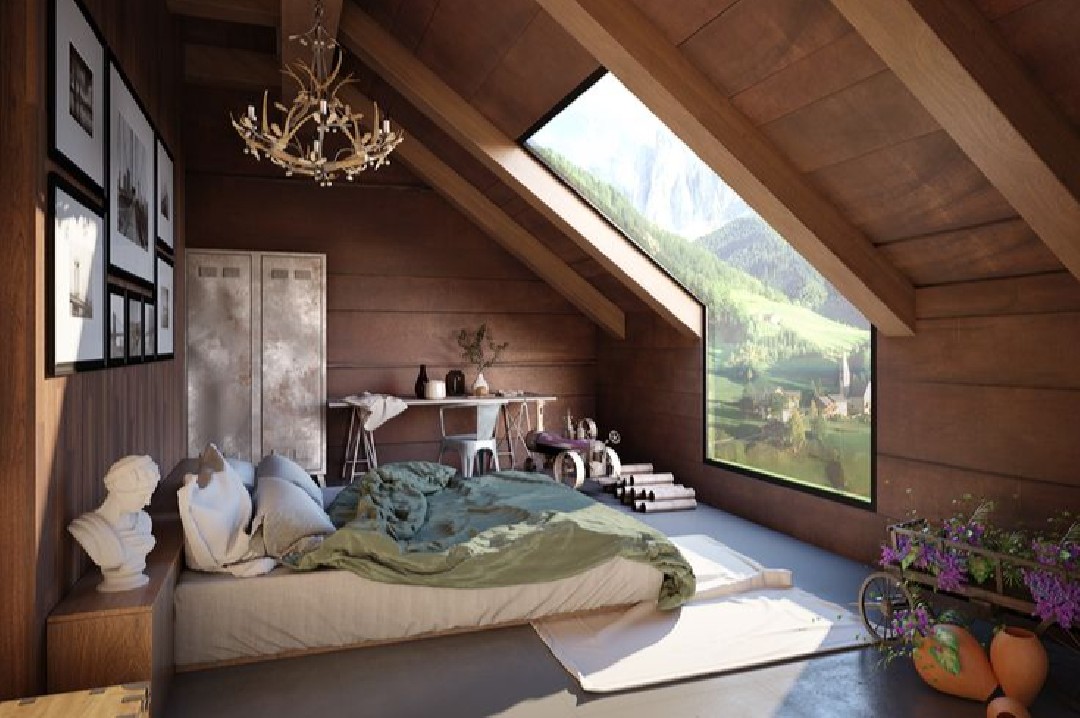Revealing the Beauty of Japanese-style Minimalist House Design

Introduction
The emergence of Japanese minimalist house design has become a phenomenon that inspires not only in the field of architecture but also in lifestyle and philosophy. As a country rich in history and deep culture, Japan has successfully expressed the essence of simple and harmonious living through its house designs. Japanese houses are not just physical structures but also reflections of a deep understanding of the balance between humans and nature, as well as the cultural diversity that underlies such designs.
Through the concept of minimalist design, Japanese houses are able to present simplicity that transcends physical boundaries. They offer space for reflection and tranquility in the noisy, fast-paced modern world. Simple yet elegant, these houses express the philosophy of "less is more" with precision. They teach us to appreciate the beauty in simplicity, to create spaces that not only fulfill practical needs but also provide solace for the soul. Delving deeper into the essence of each element contained within. By understanding the origins and values upheld by this design, we can better understand harmonious living and apply it to our daily lives. Let's explore further the mesmerizing charm of Japanese minimalist house design and discover the hidden wisdom behind it.
Let's discuss through this article together, towards a world full of peace, beauty, and harmony between humans and nature.
1. Meaningful Simplicity

One of the hallmarks of Japanese minimalist house design is simplicity that reflects the principles of wabi-sabi, a philosophical concept that values beauty in simplicity and natural imperfection. These houses are not just physical structures but also manifestations of deeper life principles. With a strong emphasis on function and utility, the spaces within the house are shaped to provide comfort and practicality for its inhabitants. In this design, excessive decorative elements are avoided, and every detail is carefully considered to create perfect harmony between space and function.

Color also plays a significant role in creating a calm and peaceful atmosphere in Japanese-style homes. The use of neutral colors such as white, gray, and natural wood not only provides a clean and organized visual impression but also creates a warm and welcoming atmosphere for the residents. Thus, simplicity in design is not just about physical appearance but also about creating an environment that supports the well-being and inner peace of those who live in it.
2. Openness to Nature

Japanese minimalist house design shows a strong commitment to openness to its surrounding nature. With a great emphasis on harmonious integration between interior and exterior, these houses become windows to the beauty of the surrounding nature. Abundant large windows, sliding doors, and open spaces that connect indoor and outdoor areas are characteristic features of this design. Through this design, houses not only become places to live but also places to experience nature directly, breathe fresh air, and feel the warm sunlight.
The presence of abundant natural airflow and light is an important aspect of this design. Aside from creating a fresh and bright atmosphere indoors, it also provides residents with direct access to natural energy sources that invigorate spirit and health. More than just a home, Japanese minimalist house design becomes a vessel for creating a close relationship between residents and the surrounding nature. Thus, the house is not just a place to live but also a place where residents can find peace, tranquility, and harmony with nature.
3. Use of Natural Materials

Japanese minimalist house design highlights the use of natural materials as its distinctive feature. Wood, stone, and bamboo are the primary materials used to create a warm atmosphere and connection with nature. Wood is chosen for its warm natural impression and elegant aesthetic touch. The smooth wood surfaces provide a calming texture, while its natural color creates a warm and welcoming impression inside the house. The use of natural stone also contributes to creating visual beauty. The rough stone surfaces and rich colors add a different dimension to the design, giving a sense of tranquility and stability.

Equally important, bamboo is also a commonly used element in Japanese minimalist house design. Bamboo, with its unique fiber and high durability, is not only used as a decorative element but also as a structural material. The use of bamboo as room partitions or decorative elements provides an exotic and traditional touch characteristic of Japanese culture. Moreover, bamboo is also known as an environmentally friendly material due to its fast growth and recyclability. Thus, the use of natural materials in Japanese minimalist house design not only creates beautiful aesthetics but also respects and strengthens the relationship between humans and nature.
4. Functionality Integrated with Aesthetics

One of the main advantages of Japanese minimalist house design is the harmonious integration between functionality and aesthetics. Every element in the house is meticulously designed to meet the needs of the inhabitants efficiently while paying attention to visual beauty and compositional balance. From open space layouts to details such as tatami (traditional Japanese mats) and shoji (sliding paper doors), each element plays a crucial role in creating a peaceful and tranquil atmosphere inside the house.
5. Emphasis on Multi-functional Spaces

In Japanese minimalist house design, the concept of multi-functional spaces is at the core of flexibility and space utilization efficiency. Each space is carefully designed to serve multiple functions simultaneously, maximizing the use of every available inch of space. For example, the living room not only serves as a relaxation area but can also be easily transformed into a bedroom at night. The use of foldable futons as beds is a practical solution that allows the living room to serve dual functions without sacrificing comfort.

Additionally, the dining area is often designed to function as a workspace or study area. Foldable dining tables or walls that serve as whiteboards are examples of how this space can be adapted to various daily needs. This flexibility provides residents with the ability to adapt to changes in lifestyle and their needs over time. In this way, Japanese minimalist house design not only creates efficient spaces but also opens up opportunities for exploration and creativity in space utilization.
Conclusion
In a world increasingly filled with noise and busyness, Japanese minimalist house design teaches us to return to the essence of simple living and maintain a harmonious relationship with nature. By exploring the principles and aesthetics of this design, we can create spaces that are not only visually beautiful but also provide peace and tranquility in daily life. Thus, Japanese minimalist house design continues to captivate and inspire us worldwide.







